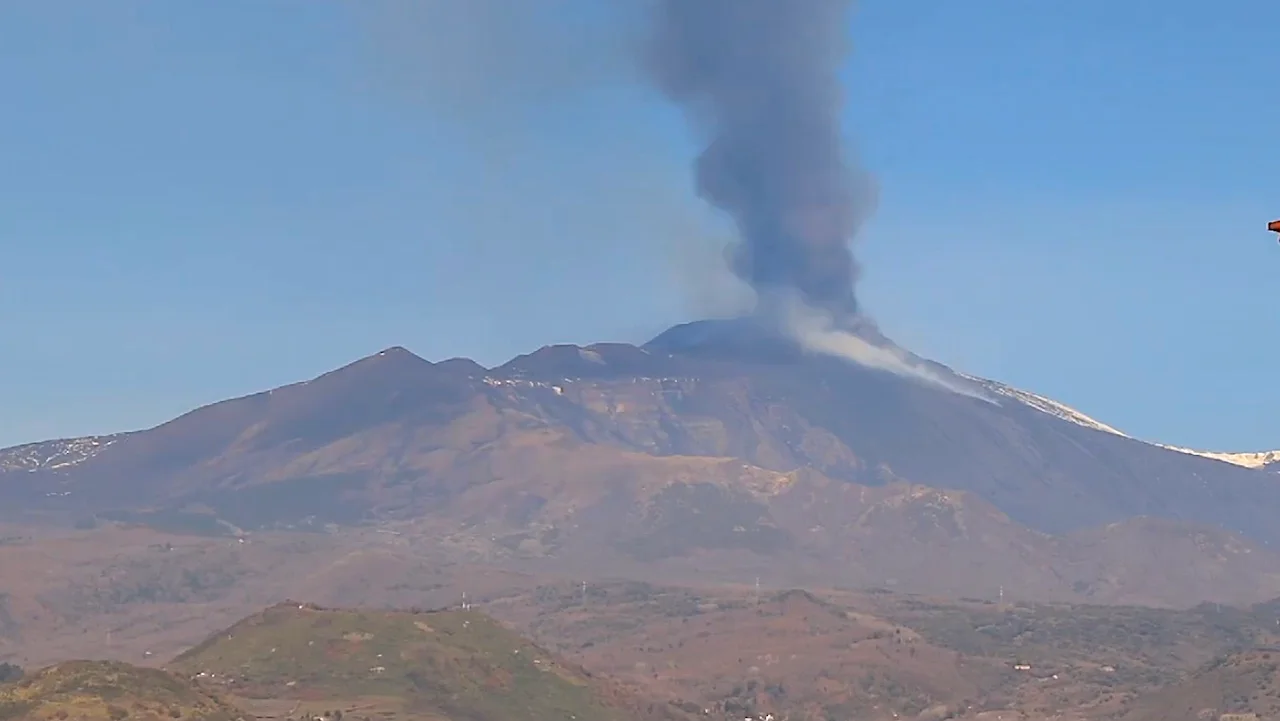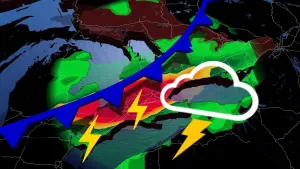
Eruptions add another 100 feet to Mount Etna's height in six months
The southeastern basin -- the youngest and most active of Mount Etna's four-summit craters -- is now the tallest point of the volcano, sitting at 3,357 metres (11,013 feet) above sea level.
Mount Etna has a new peak after undergoing a growth spurt over the last six months as a result of dozens of eruptions that occurred.
Europe's most active and tallest volcano, Etna has grown by about 100 feet (30 metres) following 50 eruptions that have taken place since February 2021, according to the National Institute for Geophysics and Volcanology (INGV).
SEE ALSO: Volcanic eruptions are influenced by changing sea levels, study finds
Satellite images revealed that explosions propelled the southeastern basin -- the youngest and most active of the Etna's four-summit craters -- to the tallest point of the volcano, and now sits at 3,357 metres (11,013 feet) above sea level.
The eruptions led to a "conspicuous transformation of the shape of the volcano," the INGV said in the translated media release.

A digital model of Mount Etna's surface, compiled from data on July 25, 2021. (National Institute for Geophysics and Volcanology)
Scientists uncovered the significant growth while reviewing images captured by the Pléiades satellites on July 13 and 25. The INGV noted the new data has an uncertainty of about three metres (10 feet).
'BIG BROTHER' CRATER USURPED
The southeastern crater has surpassed its "big brother,” the northeastern crater, which now sits at 3,326 metres (10,912 feet).
The northeastern crater was the peak of Etna for 40 years, reaching a maximum height of 3,350 metres (10,990 feet) after the explosions between September 1980 and February 1981.
"This height, which has decreased over the years due to the collapse of its edges, in the summer of 2018 settled at 3,326 metres," the INGV said.

Satellite images of Mount Etna on July 13 (A) and July 25 (B). (National Institute for Geophysics and Volcanology)
Situated near the east coast of Sicily, Italy, Etna is in a constant state of activity. The volcanic soils make a rich environment for agriculture, including vineyards, which are spread across lower areas of the mountain.
Mount Etna has the longest-recorded history of eruptions, which can be traced back to 1500 BC. Since that time period, Etna has erupted hundreds of times, according to NASA's Earth Observatory.
Scientists believe Etna began as a submarine volcano that eventually grew to stand above sea level on layer-upon-layer of solidified lava. The observatory added that Mount Etna is covered by historic lava flows, dating back to eruptions as old as 300,000 years.
Thumbnail courtesy of TonyViola Photography/Storyful.
Follow Nathan Howes on Twitter.










